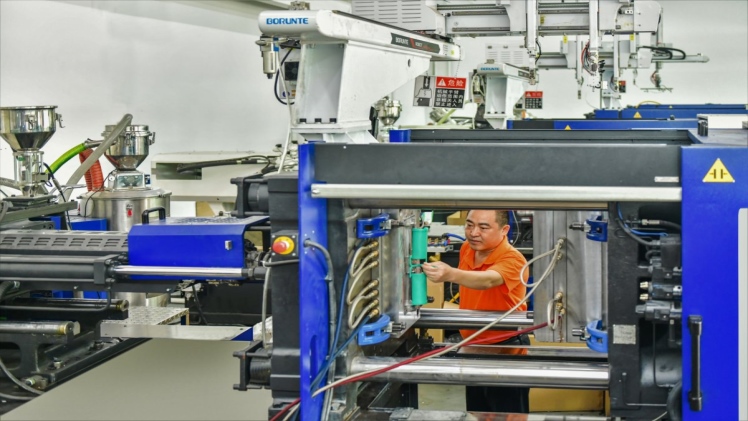Learn how plastic molding is revolutionizing the manufacturing industry and what potential it holds for the future.
The evolution of technology has revolutionized the way in which manufacturing processes are carried out.
One such technology that is gaining ground and proving to be a game-changer for manufacturers is plastic injection molding.
Through this process, manufacturers are able to produce complex, precise parts at higher speeds and with lower costs than ever before.
With its ability to create intricate components from a wide range of materials, plastic injection molding is transforming the world of modern manufacturing and enabling companies to remain competitive in an increasingly global economy.
This article will discuss how plastic injection molding has revolutionized the manufacturing industry and what potential it holds for the future.
What is Plastic Injection Molding?
Plastic injection molding is a process by which melted plastic materials are injected into pre-made molds to create parts and components of consistent quality.
This process is advantageous over other manufacturing methods as it allows manufacturers to produce intricate parts without the need for additional machining steps.
The plastic injection molding process also allows for greater accuracy and repeatability, making it an ideal solution for mass production.
Additionally, this process is relatively fast and cost-effective compared to other manufacturing techniques, which makes it a desirable option for many businesses.
Benefits of Using Plastic Injection Molding
One of the main benefits of using plastic injection molding is that it enables manufacturers to produce complex parts with great accuracy in a short amount of time.
This can save companies both time and money, as they can avoid the extra costs associated with machining steps.
Additionally, plastic injection molding is highly scalable, meaning that it can be used to produce parts in low or high volumes without compromising quality.
Furthermore, this process is extremely versatile and capable of producing parts from a wide range of materials including metals, plastics, composites and more.
Types of Materials Used in Plastic Injection Molding
The types of materials used for plastic injection molding vary extensively depending on the application demands.
These materials include various kinds of plastics such as ABS (Acrylonitrile Butadiene Styrene), polypropylene (PP) and polycarbonate (PC).
Additionally, metal alloys such as aluminum and magnesium can also be used in plastic injection molding.
Other material combinations like composites with carbon fiber or glass are also possible depending on the application requirements.
Challenges Faced by Manufacturers with Plastic Injection Molding
Although plastic injection molding offers many advantages over other manufacturing techniques, there are some challenges that manufacturers must consider before using this process.
One of these challenges is the cost associated with creating molds for each part and component.
Additionally, the accuracy of parts produced through plastic injection molding can vary depending on the complexity of the design, which means that manufacturers may need to undertake extra steps to ensure quality parts are produced.
Finally, plastic injection molding can be difficult to automate due to the complexity of its processes and can require a skilled workforce when producing intricate components.
Conclusion: Future Outlook for Plastic Injection Molding
The future outlook for plastic injection molding is very promising as this technology continues to evolve and become more accessible.
As manufacturers continue to explore ways to reduce costs and increase production speeds, the use of plastic injection molding is likely to see continued growth in various industries.
Additionally, advancements in automation and material science could lead to even greater efficiency gains with this process in the years ahead.
With its ability to produce parts quickly and cost-effectively, it’s no wonder that plastic injection molding is one of the most popular manufacturing processes today.





